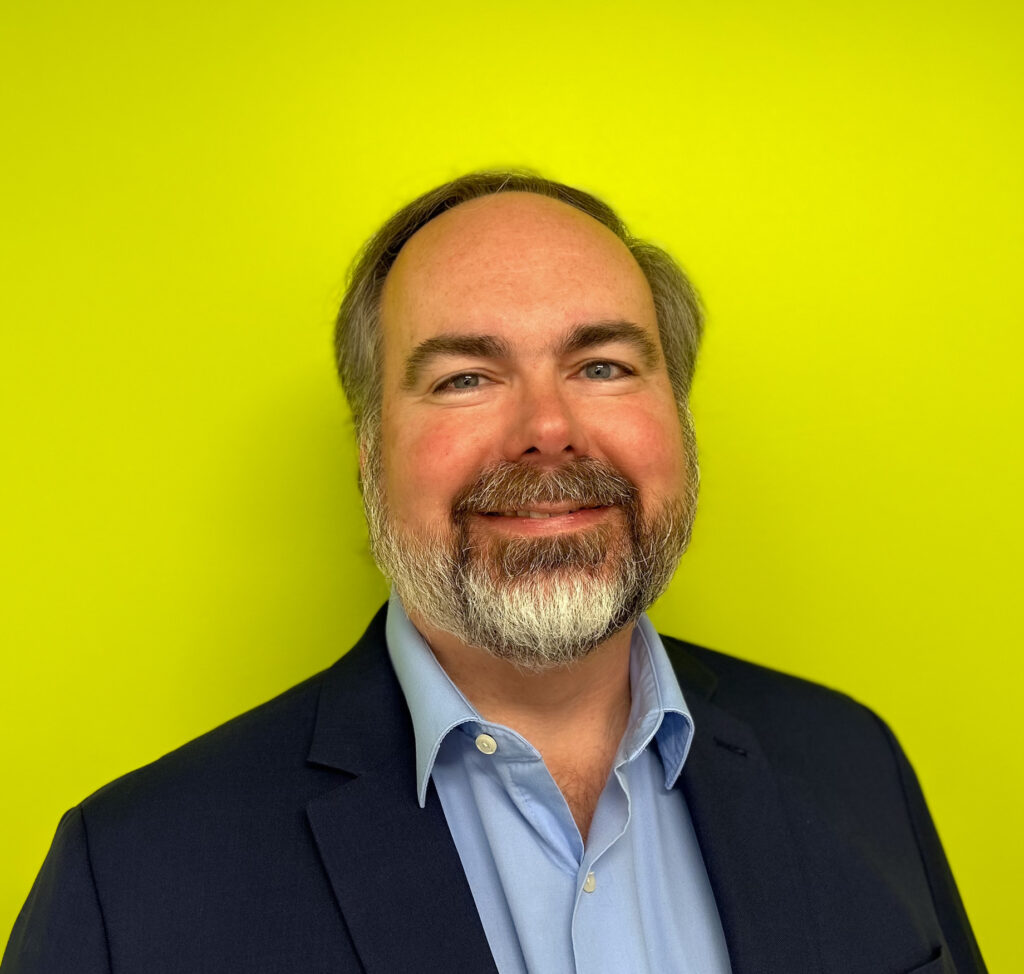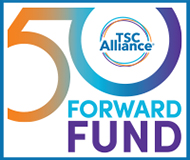
TSC Alliance Chief Scientific Officer Steve Roberds, PhD, leads the development and execution of the TSC Alliance’s research strategy through partnerships and conversations with all stakeholders, including individuals and families affected by TSC, basic and clinical researchers in academia and industry, healthcare providers, government agencies involved in medical research, and other nonprofit organizations.
Describe the TSC Alliance’s key areas of research that will help achieve the next breakthroughs in treating individuals with TSC.
SR: Our research dollars are put to use in many ways. One way is through grants for projects to individual researchers early in their careers. Another is through collaborative projects led by the TSC Alliance, such as Anya’s Accelerator. A third is to create shared resources to accelerate discovery of new treatments. One example is the TSC Preclinical Consortium, which coordinates experiments, animal model development and testing of drugs for academic researchers. Also, pharmaceutical industry partners test potential new therapeutics through this consortium. We fund a TSC Biosample Repository and Natural History Database of data entered from medical records at 20 TSC clinics across the country and in Canada. Biosamples, such as blood and tissue, are collected at clinics and through mobile phlebotomy. We can get a blood sample from somebody wherever they live.
What are the most significant discoveries the TSC Alliance has funded or co-funded over the years?
SR: One I’m most excited about is a novel drug candidate developed using the Preclinical Consortium we created. It’s a new type of mTOR inhibitor from a company called Aeovian. It is completing Phase 1 trials and is expected to enter a Phase 2 trial for epilepsy in TSC. We have been working with Aeovian for close to seven years. The TSC Alliance helped fund the first experiment they did in mice. As they raised more money based on initial experiments, they’ve done more experiments, developed their clinical candidate, and have taken that into humans. Having the preclinical consortium enabled this small start-up company to move forward in TSC, which may not have happened without the involvement of the TSC Alliance.
What are the goals of the 50 Forward Fund?
SR: The overall goal of the 50 Forward Fund is to drive research to change the course of, and ideally cure, TSC. The fund will accelerate clinical trials of new therapies into development. The fund will help identify biomarkers of disease progression – so researchers can identify who is at higher risk of progressing and who is appropriate for a given clinical trial, for example. I see the TSC Alliance’s role as catalyzing research. We’re not the ones figuring out the biomarkers, but we can collect the samples and generate some data. We are working with 10 companies right now in our Preclinical Consortium. We can accomplish much more by catalyzing research through collaborations and partnerships than by funding a few individual projects.
What do you hope to accomplish with Anja’s Accelerator, an important initiative of the 50 Forward Fund?
SR: The Bhatia family is committed to supporting work toward developing new treatments for TSC-Associated Neuropsychiatric Disorders, or TAND, such as autism. We decided to tackle three big challenges which impeded development of new therapies for aspects of TAND: lack of biomarkers, as mentioned above, outcome measures to demonstrate meaningful impact on aspects of TAND for regulatory approval, and preclinical animal models which can be used to predict effectiveness of new treatments in humans. None of these will be solved quickly, but we are moving forward. For the biomarker piece, we have run protein analyses and whole genome sequencing, and we’re about to do RNA sequencing analyses, using samples from a clinical study of autism. The goal then is to share those data with researchers and catalyze ideas perhaps not for just one biomarker, but maybe a panel of five or 10. We are also working with researchers globally on developing outcome measures meaningful for people with TSC.
Why does the TSC Alliance prioritize early career TSC researchers for grant funding?
SR: It’s critical to fund people at an early stage to help them get data that will help them successfully compete for their first big grant from the National Institutes of Health (NIH). We need to refill the TSC researcher pipeline, because people who’ve been working on TSC for 30 years will retire. We want to have plenty of individuals behind them who are the next 30-year TSC researchers. That is the driving force.
What aspects of TSC research give you the most hope right now?
SR: One thing that certainly gives me hope is there are many researchers and companies who are willing to put time, or money, or both, towards TSC research. There’s so much increased interest in the disease. That gives us more things we can test and try. We have come a long way. Here’s just one story that illustrates that: after our last World TSC Conference in Dallas, Dr. Joel Moss told me about when he attended the first of our family conferences many years ago. He saw kids wearing helmets, necessary for their protection since they could have a seizure any time. Seizures were routine, and the helmet protected them from head injury. Now, you look around, and almost no one needs to wear a helmet. The course of TSC is being changed. We still have a long way to go, but we have changed things for the better over time.
Learn more about how the TSC Alliance is changing the course of this disease through the 50 Forward Fund.
